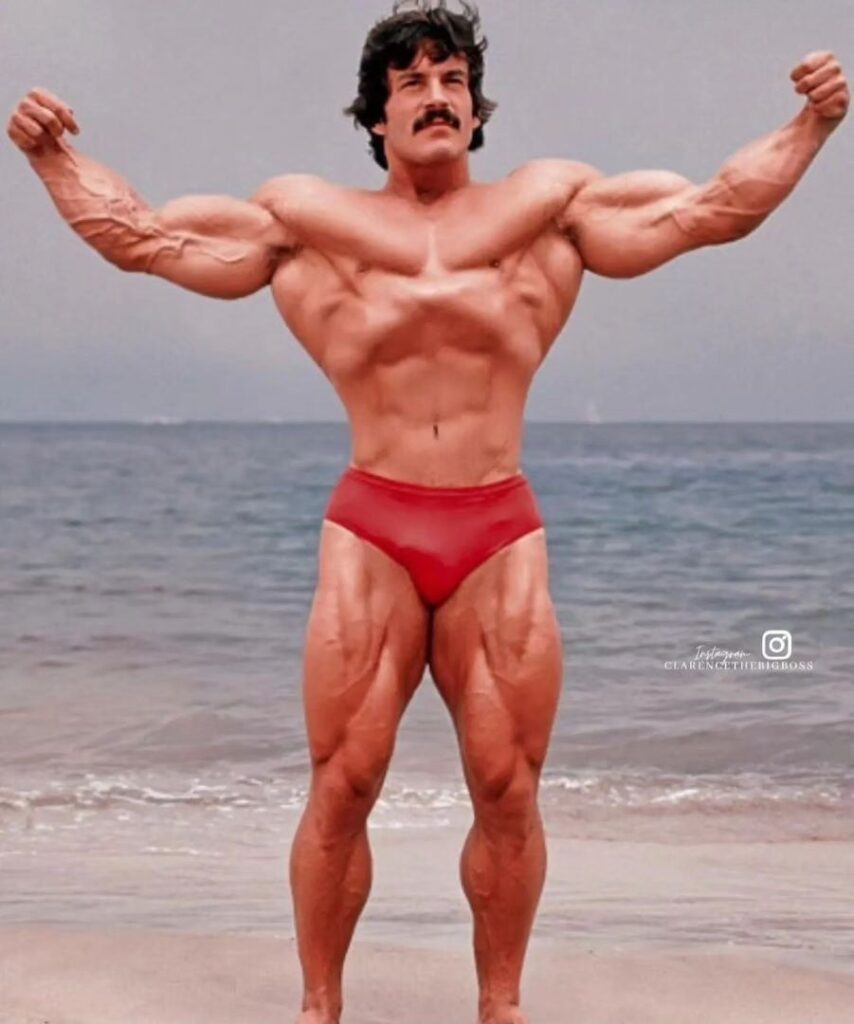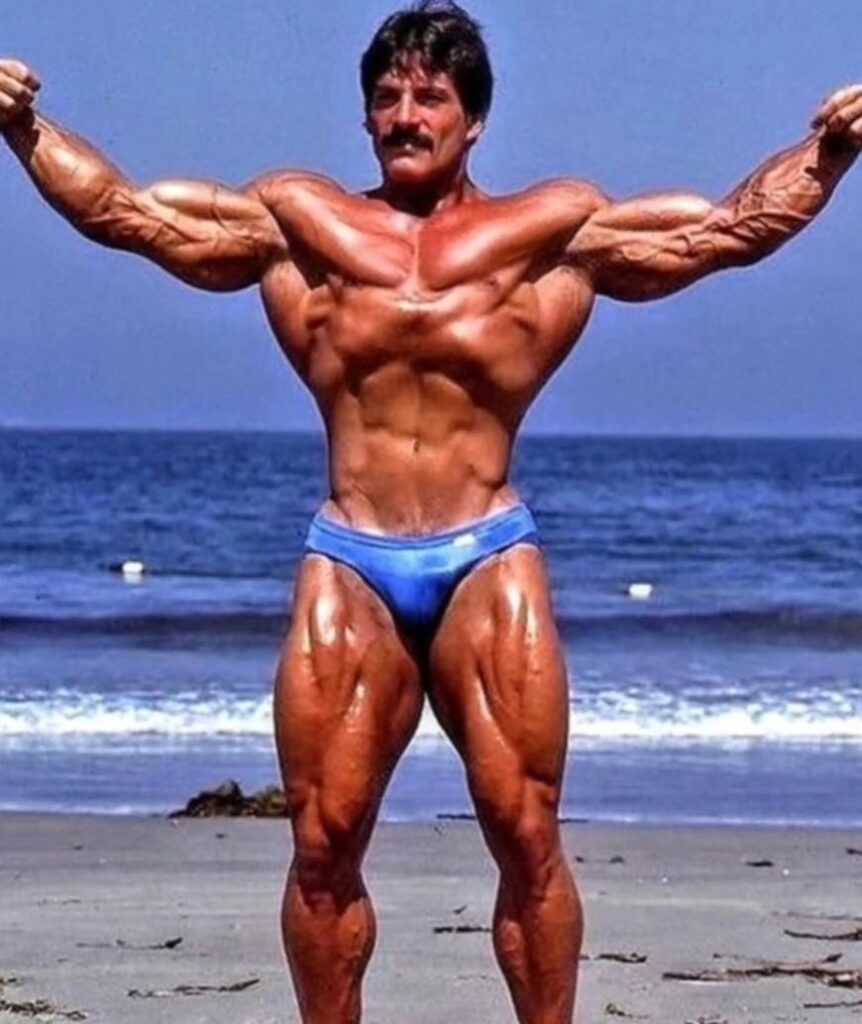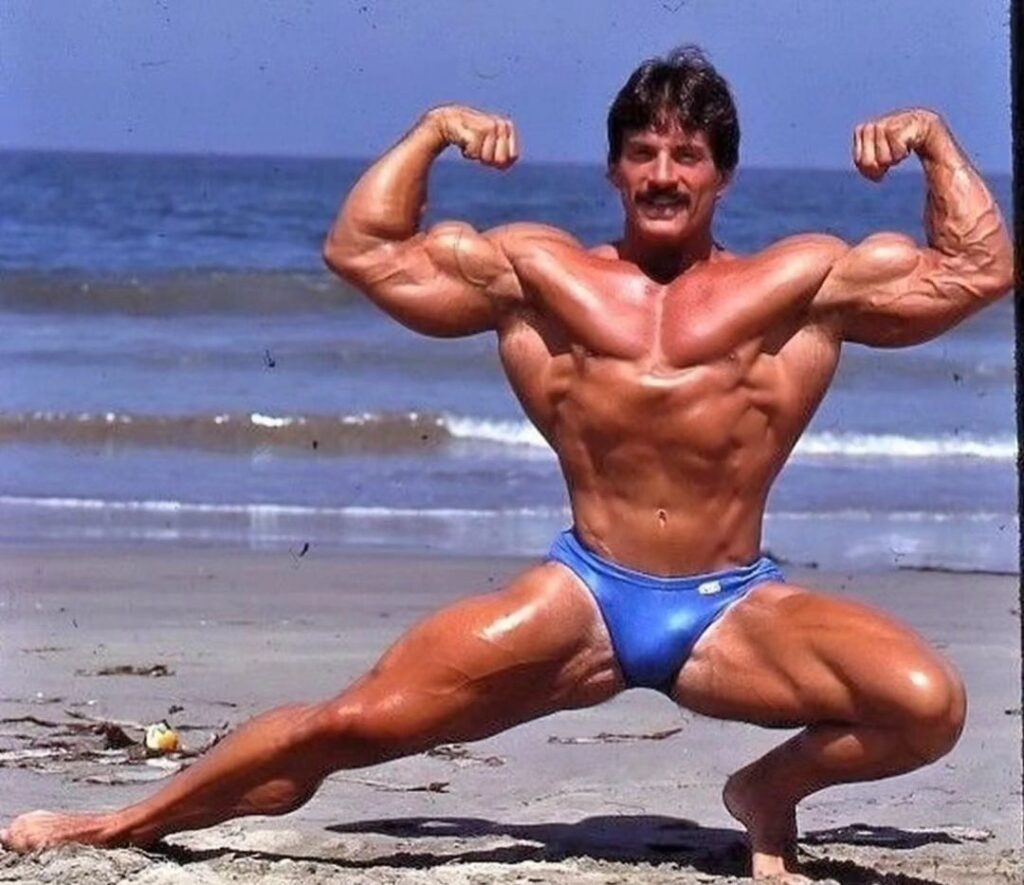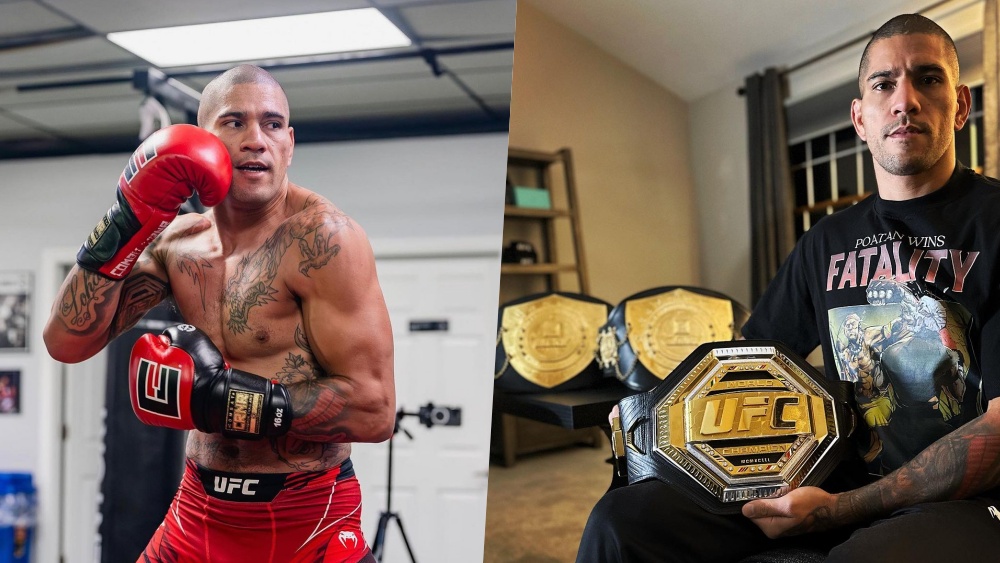
Guest post by Evolve MMA, Asia’s premier championship brand for martial arts with the most number of World Champions on the planet. Named as the #1 ranked martial arts organization in Asia by CNN, Yahoo! Sports, FOX Sports, and more, Evolve MMA is the best gym to learn Muay Thai in Singapore.
Very few athletes in mixed martial arts can boast a journey as remarkable as Alex “Poatan” Pereira’s. From a multiple-division kickboxing champion to becoming a two-division champion in the Ultimate Fighting Championship, despite only eight fights under the promotion’s banner.
Pereira’s story is one of resilience, adaptability, and unwavering determination. This article will go over the inspiring combat sports career of UFC Light Heavyweight champion Alex Pereira, exploring the pivotal moments that have shaped him into the MMA phenom he is today.
The Early Days: A Kickboxing Prodigy
Alex Pereira was born on July 7, 1987, in Sao Paulo, Brazil. He grew up in one of Brazil’s infamous favelas and dropped out of middle school to work as a bricklayer’s assistant. Pereira’s journey into the world of kickboxing started as a way for him to kick a drinking problem he had picked up from his work associates. He started honing his striking skills in a gym not far from his home in 2009, but little did he know superstardom was on the horizon.
Four years later, Pereira started taking amateur kickboxing matches, going 2-1 before deciding to turn pro. He won the Brazilian 187 lbs Championship in his first professional fight against Clei Silva and went on to win a couple more belts before transitioning to Glory. He won the promotion’s middleweight title during his second outing and went on to defend the belt five times. One of his most notable wins during his Glory run was his victories against fellow kickboxing star Israel Adesanya. Little did either man know they would end up being rivals in a different sport.
Kickboxing Success: Rise To Prominence
Pereira’s breakout moment came when he joined Glory Kickboxing, one of the premier kickboxing organizations in the world. His power-packed punches and devastating kicks quickly made him a fan favorite. He won the Glory Middleweight Championship twice, showcasing his dominance in the kickboxing realm.
A Unique Style: Striking Excellence
What set Pereira apart from many other kickboxers was his ability to mix traditional kickboxing techniques with a unique flair. His striking excellence was marked by precise timing, knockout power, and an unrelenting pursuit of victory. Pereira’s memorable knockouts were the stuff of highlight reels, and he established himself as one of the most feared middleweights in the sport.
Pereira went on to win Glory’s light-heavyweight title as well, becoming the first fighter in the promotions to hold the middleweight and heavyweight titles simultaneously.
The Transition: Embracing MMA
Pereira made the bold decision to transition from kickboxing to MMA in 2015, losing his first fight via rear-naked choke. The allure of new challenges and the opportunity to test his skills in the cage were irresistible, especially given the success his rival Israel Adesanya was enjoying inside the cage. Despite his immense success in kickboxing, the switch to MMA was no easy task.
Training And Adaptation
Pereira understood that succeeding in MMA required a different skill set. He committed himself to rigorous training circled around Brazilian Jiu-Jitsu and wrestling. The transition from the striking-focused world of kickboxing to the multifaceted realm of MMA was a daunting one, but Pereira was determined to make it work.
Pereira made his MMA debut under the banner of Jungle Fights, a prominent MMA organization based in Brazil. His debut fight was met with great anticipation, but he didn’t get the results he had hoped for. Defeated but not broken, Pereira went on to knock out his next four opponents. His striking prowess was evident, and his string of victories earned him a spot on the UFC’s roster.
Instant Impact
The MMA world took notice of Pereira’s instant impact in the UFC. His striking pedigree allowed him to stand out in the cage, and it was clear that he was more than just a kickboxer testing the waters. He was a legitimate threat to the established contenders in the division.
Pereira won three consecutive fights in the UFC, defeating former middleweight champion Sean Strickland, who was a top contender then, on his way to a title shot against Adesanya.
The hype was at an all-time high when the two kickboxing standouts met inside the cage, with both fighters showcasing their well-rounded MMA skills, landing takedowns on each other. Alex was down on the scorecards heading into the fifth round, but he pulled off the comeback victory by finishing Adesanya in the fifth.
The Highly Anticipated Rematch
Pereira’s win against Adesanya earned him the middleweight title and set the stage for a rematch between the two rivals. They met for the second time inside the cage at UFC 287 and it was Adesanya who got the better of the exchanges this time around, knocking Pereira out cold during the second round, bringing their rivalry to 1-1 in mixed martial arts.
Alex shook the loss off without missing a beat and made his 205 lbs debut against former light-heavyweight champion Jan B?achowicz, winning via split decision. He went on to defeat Ji?í Procházka for the belt at UFC 295, at the same Arena he defeated Adesanya to win the middleweight title.
Moments after the fight, Pereira called out Adesanya, challenging him to fight for the light-heavyweight title. Interestingly enough, the callout wasn’t because of any bad blood between the two. Adesanya had recently expressed his intent to walk away from MMA for a few years, but Alex believes he simply needs an opponent who motivates him to compete.
More recently, Pereira headlined UFC 300 and defeated top contender Jamahal Hill in the first round by KO, retaining the belt and further cementing his status as one of the promotion’s top stars.
A Remarkable Journey
Alex Pereira’s journey from kickboxing champion to emerging MMA phenom is a testament to his dedication, adaptability, and raw talent. His ability to transition seamlessly from one combat sport to another has captivated the imagination of fight fans worldwide.
Pereira stands as a symbol of what can be achieved through unwavering determination and a relentless pursuit of greatness as he earned his rank as one of the most inspiring fighters in MMA history.
Pereira’s journey is a perfect showcase of what martial arts are meant to represent. He’s had to deal with lots of adversity, like getting choked out during his first MMA fight and losing his first UFC title defense against Adesanya, but he always perseveres and accomplishes his goals.
There’s no flash or gimmicks with Alex Pereira, just a stoic man who has tons of quiet confidence in himself and a solid understanding of the fundamentals of fighting.
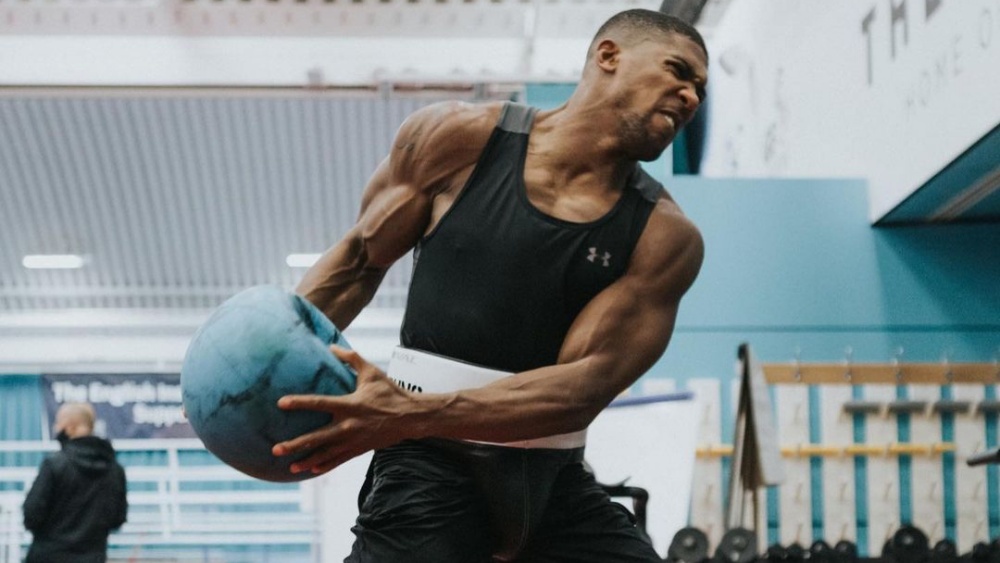 Guest post by Evolve MMA, Asia’s premier championship brand for martial arts with the most number of World Champions…
Guest post by Evolve MMA, Asia’s premier championship brand for martial arts with the most number of World Champions…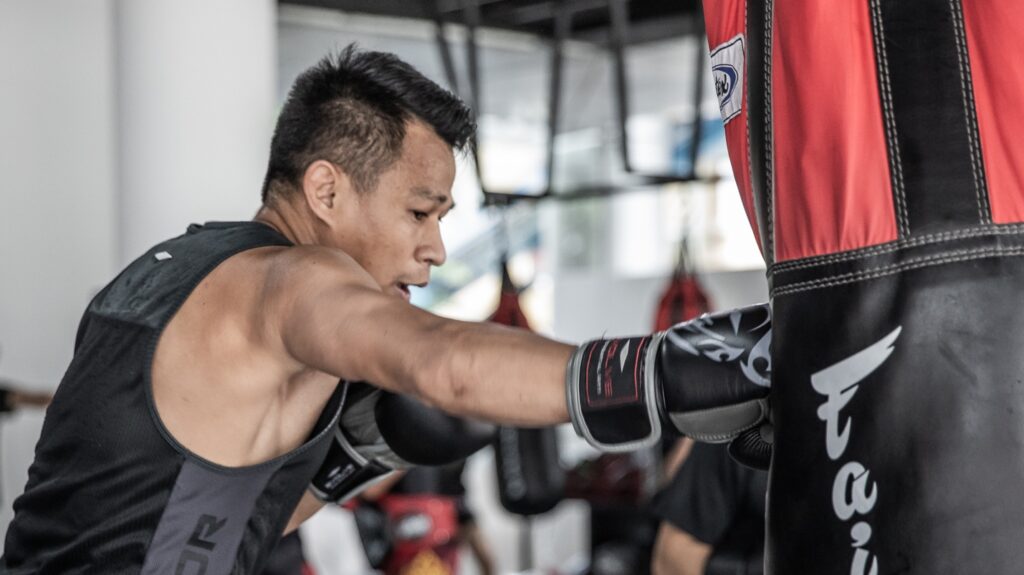
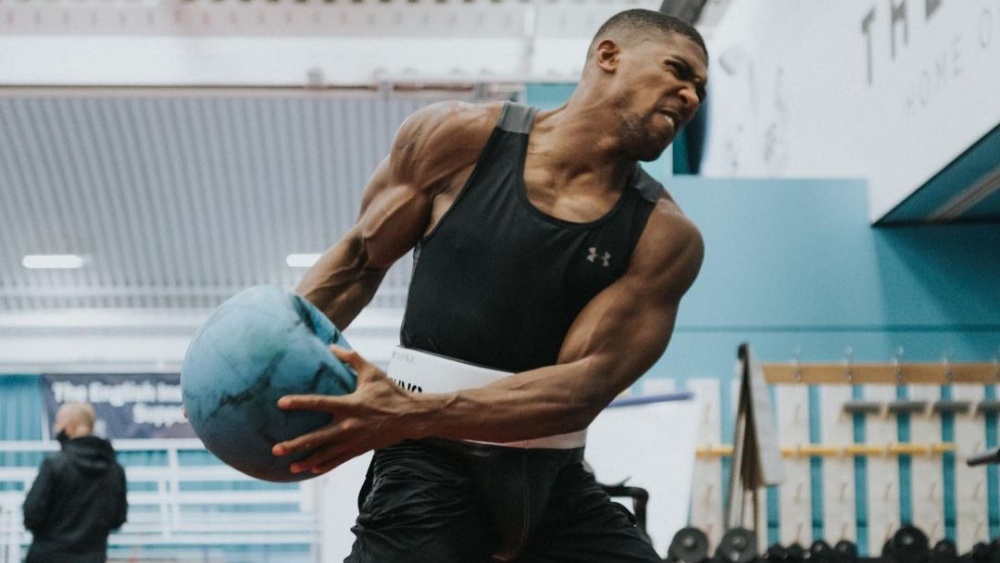
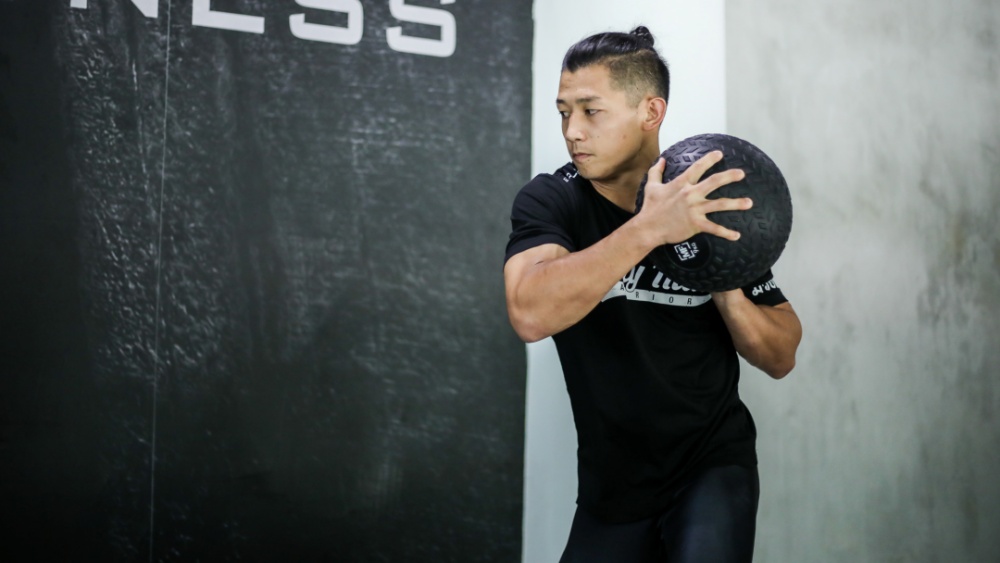
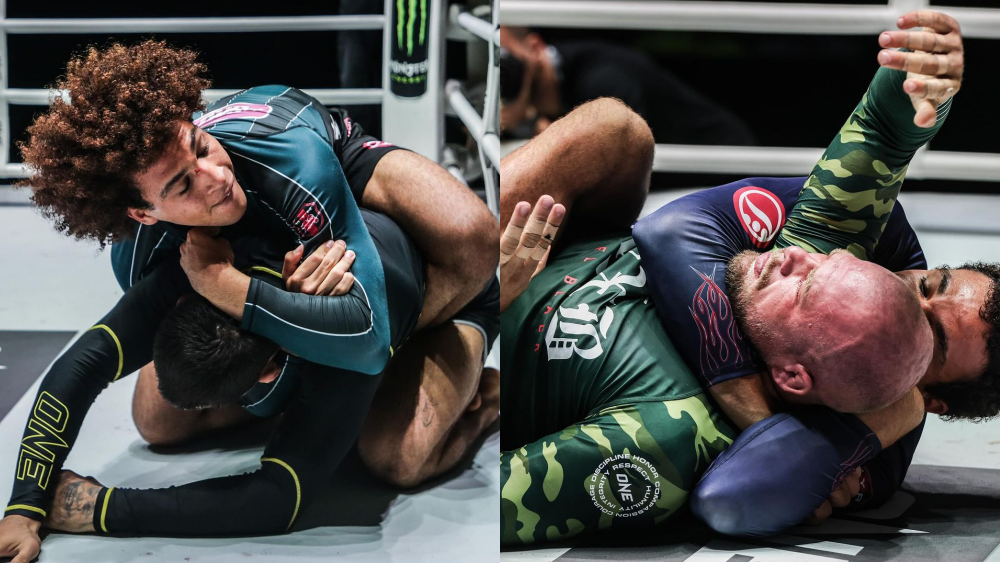 Guest post by Evolve MMA, Asia’s premier championship brand for martial arts with the most number of World Champions…
Guest post by Evolve MMA, Asia’s premier championship brand for martial arts with the most number of World Champions…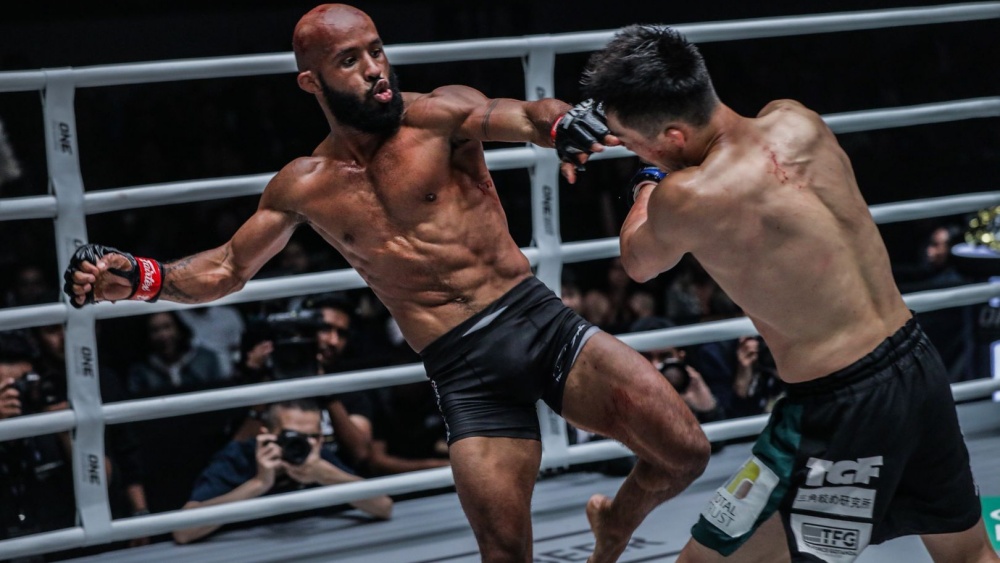 Guest post by Evolve MMA, Asia’s premier championship brand for martial arts with the most number of World Champions…
Guest post by Evolve MMA, Asia’s premier championship brand for martial arts with the most number of World Champions…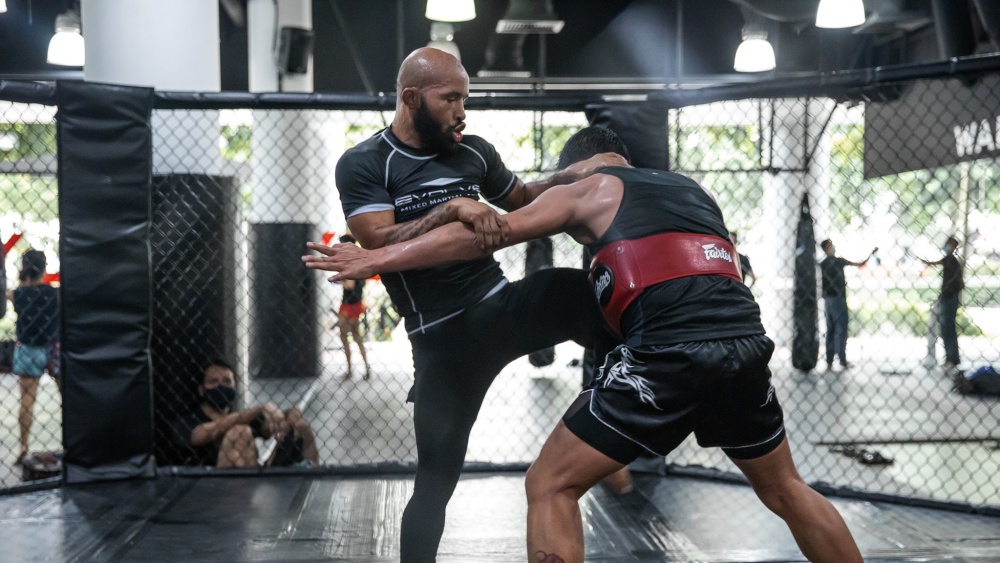
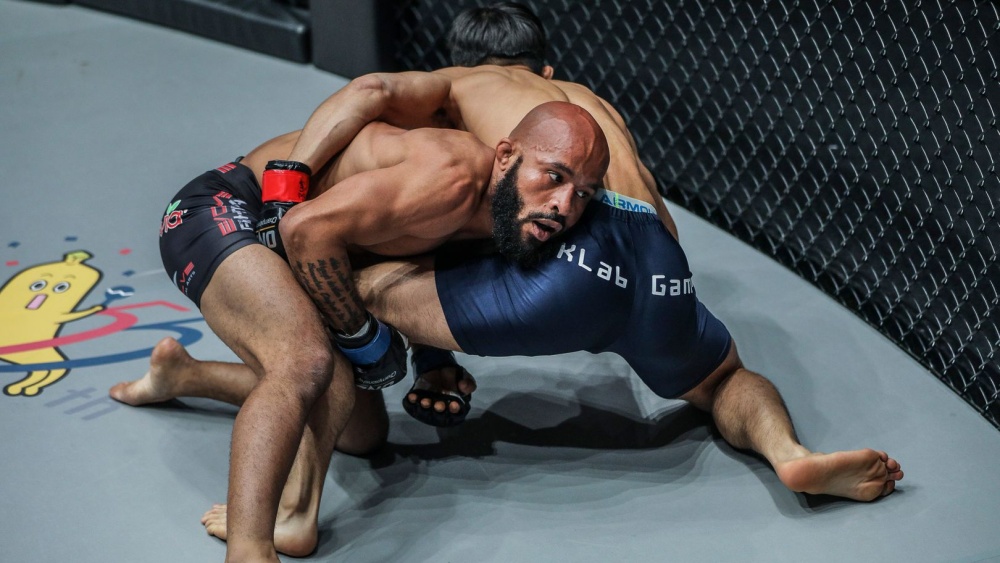
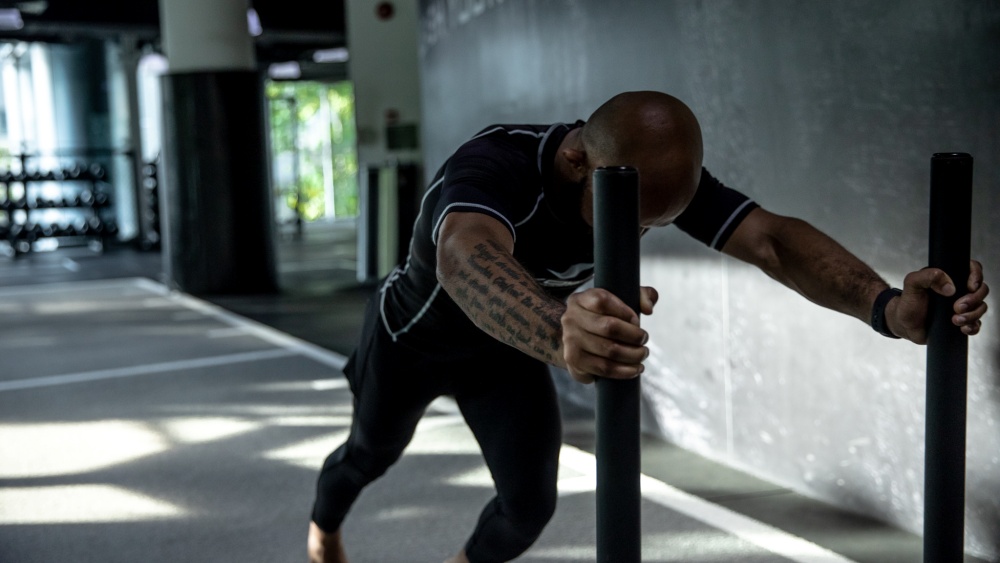
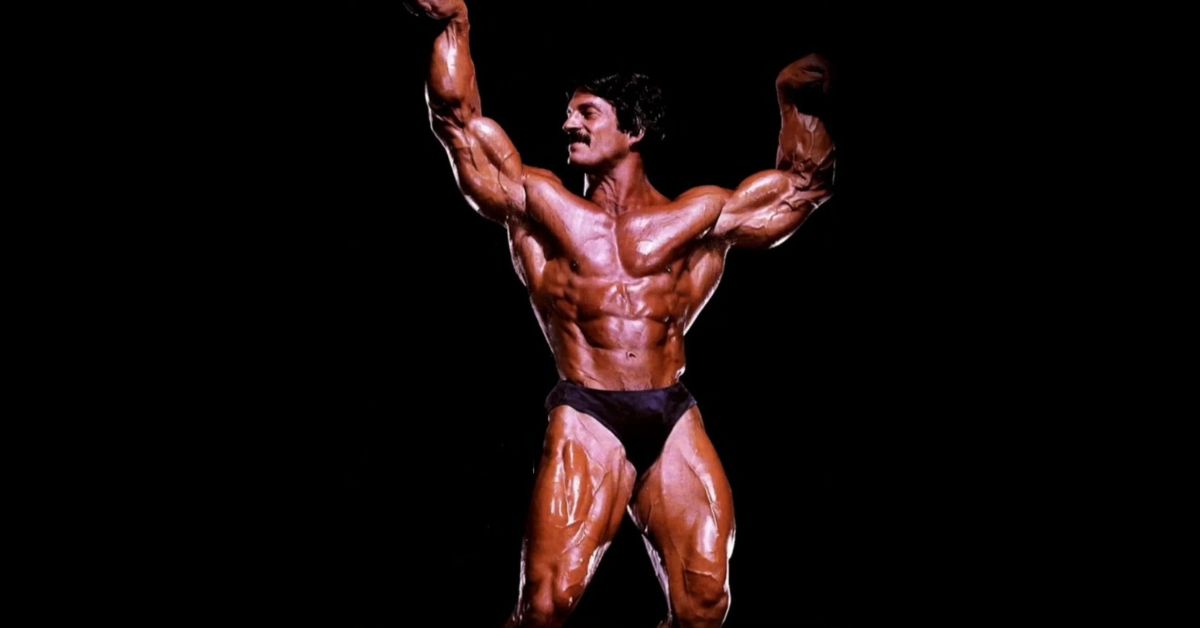 In the fitness world, Mike Mentzer’s training philosophies are having a resurgence in popularity. High-intensity training is more popular…
In the fitness world, Mike Mentzer’s training philosophies are having a resurgence in popularity. High-intensity training is more popular…